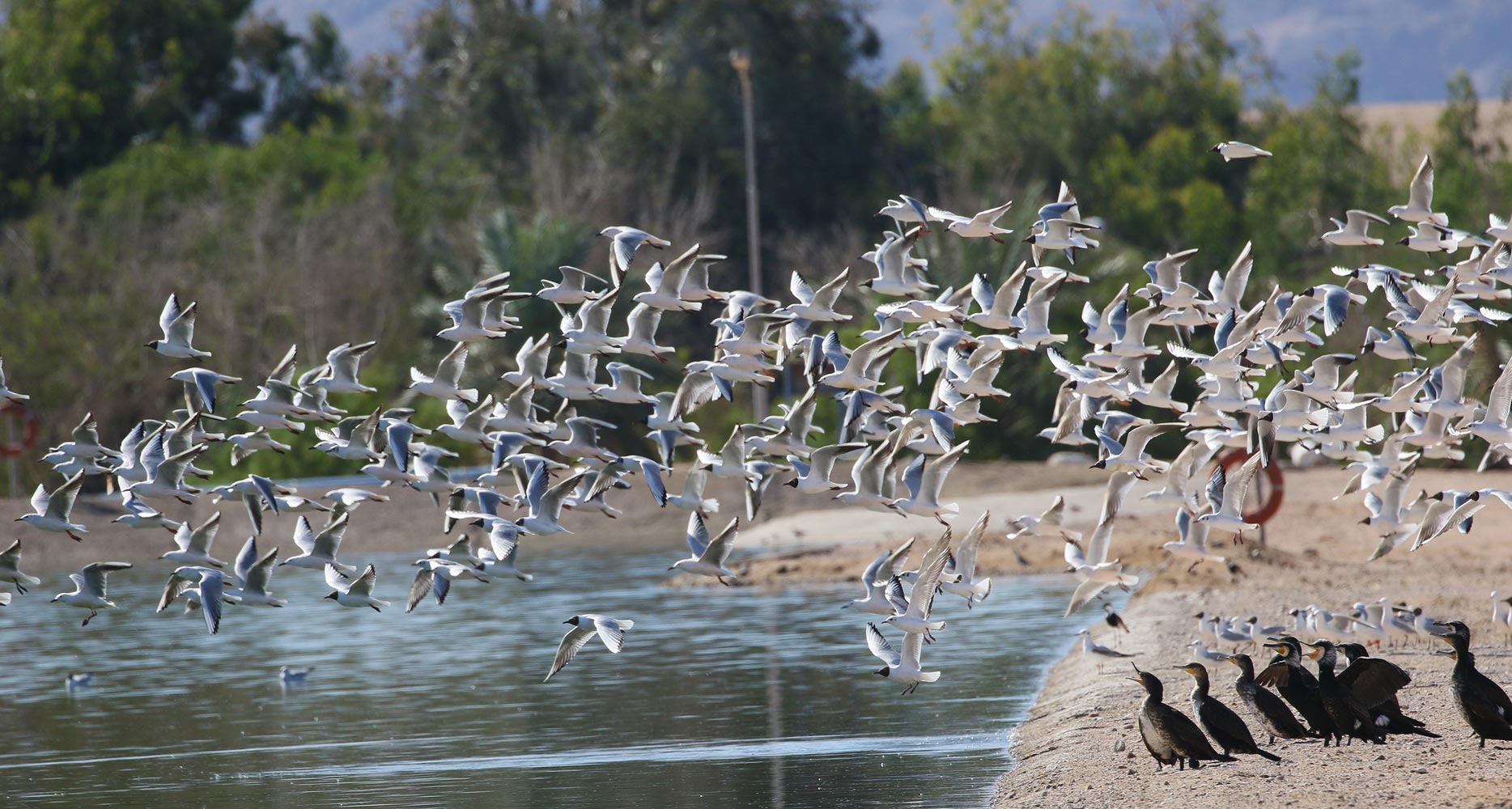By Gheed Fawaz
“Owls are known for symbolizing wisdom and self-actualization among human beings, and nobody can deny that they are truly unique to their class. Whether you are a lover of nature or a birdwatcher, you’ll find yourself mesmerized and lost in their beauty.
Owls and biodiversity
In addition, owls possess a positive impact on biodiversity and perform many functions that benefit their surrounding ecosystems. They are considered natural pest controllers as they keep the number of mice and other rodents at bay. Furthermore, owls act as indicators of biodiversity and determine the health of the ecosystem they inhabit.
Despite being a small country, the Hashemite Kingdom of Jordan has a unique location at the intersection of three continents, endowing it with a variety of contrasting topographies and temperatures. This variety in physical environments makes Jordan home to a large variety of fauna and flora.
Owls in danger
Regrettably, owls are globally and locally threatened by anthropogenic activities such as intensive agriculture, mining, urbanization, and cruel persecution. They are also being illegally collected from their nesting sites and sold on social media platforms.
Ornithological studies
Collecting data on the distribution of species is considered crucial for conservation planning and provides vital information for environmental assessments. Consequently, a group of ornithologists in 2021 embarked on a journey to study the distribution of owls in Jordan.
Western Barn Owl
The spatial distribution of nine owl species was surveyed, including the Western Barn Owl, which had a liking for agricultural fields and is considered a resident in the Jordan Valley, and the northern steppes like Irbid, Mafraq, Zarqa, and Madaba.
Eurasian Scops Owl
The Eurasian Scops Owl has a restricted distribution. However, it is present in different bioclimatic zones like the Mediterranean and the Sudanian regions. You can observe the Eurasian Scops Owl in the northern Rift margins and Highlands, and around Dana in the southern Rift margins.
Single Pallid scops Owl
Single Pallid Scops Owls have been observed in Azraq during the spring and summer, and they breed in mature palm plantations in the Jordan Valley.
The Little Owl
Considered to be the most common owl species in Jordan – the Little Owl is well-adapted to hilly areas, mountain slopes with rocky outcrops, and occasionally flat areas like in the Jordan Valley. They are also fairly common in the open woods of Aluk and Bereen. Conversely, the Little Owl is scarcely observed in the central and north-eastern desert. It is also rare or missing in eastern and southern parts of the country such as the Rum desert, Aqaba mountains, and most of Wadi Araba- where it can be found occasionally along the rocky banks of wadis and in ruins.
Eurasian Eagle Owl and Pharaoh Eagle Owl
The Eurasian Eagle Owl is a thinly distributed species found in wooded and steppe-like habitats in the Northern Highlands and Rift margins. The southern limit of the Eurasian Eagle Owl appears to be at the northern Dead Sea margins, where it is replaced by the closely related Pharaoh Eagle Owl- which is a resident in arid and semi-arid regions like the Dead Sea, southern Rift margins, and the Rum desert. It is known for occurring at contrasting elevations from 330 m below sea level to 1500m above sea level. What makes Jordan so special is that you can observe more than two species of owls in the same habitats and locations – if you are lucky!
Desert Owl and Pharaoh Eagle Owl
True to its name, the Desert Owl is a resident of desert mountains along the Dead Sea, southern Rift margins, and the Rum desert. Desert Owls are strictly nocturnal, making them really difficult to be noticed. You can also observe the Desert Owl alongside the Pharaoh Eagle Owl as their ranges overlap. Unlike the closely related Desert Owl; the Tawny Owl favors densely wooded areas dominated by the Quercus and Pinus trees of northern highlands with a sub-humid Mediterranean climate, especially around Ajlun.
Long-Eared Owl
Well adapted to being around human activities, the Long-Eared Owl favors semi-agricultural areas and open woodlands where they breed in farms with high trees. They also breed in crowded neighbourhoods of the cities where they find suitable roosting and nesting sites.
In conclusion, we call for the protection and conservation of owls in Jordan; as some of them – like the Eurasian Eagle Owl and the Tawny Owl – are faced with many threats such as the degradation of their natural habitats due to the rapidly increasing human population in Jordan. Owls belong to the wild and are not suitable to keep as pets. To trade with owls and keep them in captivity is neither ethical nor is it legal in Jordan”.
Reference: Fares Khoury et al.(2023)"Distribution and status of owls in Jordan", Sandgrouse, Volume 45, 2-18.
Jordan BirdWatch carried out the first national survey of resident and breeding owls in Jordan, and the results were published in 2023, Sandgrouse, volume 45. The aim of the study was to address the lack of a documented account of the distribution of resident and breeding owls in Jordan. A national survey was carried out mainly in the western half of Jordan, where most species are expected to occur. Furthermore, occurrence data from all available sources were used to produce distribution maps. The distribution of all nine breeding species was assessed. For some species, distribution maps are considered incomplete or provisional, because it was not possible to study all areas in Jordan for various reasons, whereas for others which appear to be habitat specialists, eg Tawny and Desert Owls, the distribution was thought to be mapped quite accurately. This study reveals that most species of owls have a restricted distribution and are rare and/or thinly distributed in Jordan, making them very vulnerable to various threats especially habitat destruction.
See our page: The Jordan Bird Records Committee (JBRC)



